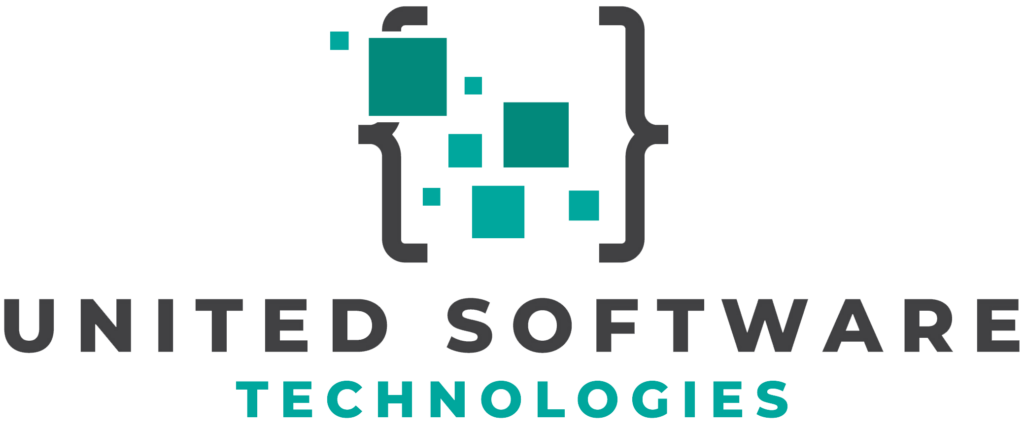Exploring the Different Programming Languages in Software Development
Introduction to Software Development and Programming Languages
Software development is the process of creating, designing, deploying, and maintaining software applications. It involves a series of steps that include planning, coding, testing, and bug fixing. One crucial aspect of software development is choosing the right programming language for your project. With numerous different programming languages available today, it can be quite challenging to decide which one best suits your needs.
In this blog post, we will explore some popular programming languages used in software development and discuss their advantages and disadvantages. By understanding these languages’ strengths and weaknesses, you can make an informed decision when selecting the most suitable language for your next project.
A Brief Overview of Different Programming Languages
Programming languages are tools that developers use to create software applications. They provide a way for humans to communicate with computers by translating human-readable code into machine-executable instructions. There are many different programming languages available today, each with its unique features and capabilities.
Some popular programming languages include:
1. Python
2. Java
3. JavaScript
4. C++
5. C#
6. Ruby
7. PHP
8. Swift
Let’s dive deeper into each of these languages and explore their pros and cons.
Python: A Versatile Language for Various Applications
Python is an open-source high-level programming language known for its simplicity and readability. Its syntax allows developers to write fewer lines of code compared to other languages like Java or C++. Python has gained popularity due to its versatility – it can be used in web development, data analysis, artificial intelligence (AI), machine learning (ML), automation scripts, game development, etc.
Pros:
– Easy-to-read syntax
– Extensive library support
– Strong community backing
– Cross-platform compatibility
Cons:
– Slower execution speed compared to compiled languages like C++ or Java
– Limited multi-threading capabilities due to the Global Interpreter Lock (GIL)
Java: A Robust Language for Enterprise Applications
Java is a popular, object-oriented programming language that was developed by Sun Microsystems in 1995. It is widely used in enterprise applications and large-scale systems due to its platform independence, robustness, and security features. The “write once, run anywhere” principle allows Java applications to run on any device with a Java Virtual Machine (JVM), making it an ideal choice for cross-platform development.
Pros:
– Platform independence through JVM
– Strong performance and scalability
– Large ecosystem of libraries and frameworks
– Excellent documentation and community support
Cons:
– Verbose syntax can lead to longer development time
– Slower startup times compared to other languages
JavaScript: The Backbone of Web Development
Originally designed as a scripting language for web browsers, JavaScript has evolved into a versatile language used in both front-end and back-end web development. With the introduction of Node.js, JavaScript can now be executed on the server-side, allowing developers to build full-stack applications using a single language.
Pros:
– Ubiquitous presence in web browsers
– Versatility across front-end and back-end development with Node.js
– Large ecosystem of libraries and frameworks (e.g., React, Angular)
– Asynchronous programming support with Promises and async/await
Cons:
– Inconsistent browser implementations may lead to compatibility issues
– Dynamic typing can result in runtime errors
C++: A High-Performance Language for System Programming
C++ is an extension of the C programming language, adding object-oriented features and other enhancements. It is widely used in system programming, game development, and high-performance applications due to its low-level memory manipulation capabilities and efficient execution.
Pros:
– High-performance execution
– Low-level memory access for fine-grained control
– Rich standard library (STL) with extensive functionality
– Wide adoption in various industries
Cons:
– Steeper learning curve compared to other languages
– Complex syntax and error-prone manual memory management
C#: A Modern Language for Windows Development
Developed by Microsoft as part of the .NET framework, C# is a versatile, object-oriented programming language that offers a balance between performance and ease of use. It is primarily used for Windows application development but has also gained popularity in cross-platform mobile app development through Xamarin.
Pros:
– Easy-to-read syntax similar to Java
– Strong integration with Microsoft technologies and tools (e.g., Visual Studio)
– Garbage collection for automatic memory management
– Cross-platform mobile app development with Xamarin
Cons:
– Limited outside the Windows ecosystem compared to other languages
– Slower startup times due to Just-In-Time (JIT) compilation
Ruby: A Developer-Friendly Language for Web Applications
Ruby is a dynamic, object-oriented programming language known for its clean syntax and developer-friendly features. Its most popular web application framework, Ruby on Rails, has attracted many developers due to its emphasis on convention over configuration and rapid development.
Pros:
– Elegant syntax and easy-to-read code
– Rapid web application development with Ruby on Rails
– Strong community support and extensive library ecosystem (RubyGems)
– Metaprogramming capabilities for powerful abstractions
Cons:
– Slower execution speed compared to compiled languages
– Declining popularity in recent years
PHP: A Widely Used Language for Server-Side Web Development
Originally created as a simple scripting language for web pages, PHP has evolved into a full-fledged programming language used primarily for server-side web development. Its ease of use and integration with popular content management systems like WordPress have contributed to its widespread adoption.
Pros:
– Easy to learn and get started with
– Wide adoption in the web development industry
– Large ecosystem of libraries and frameworks (e.g., Laravel, Symfony)
– Strong integration with popular databases like MySQL
Cons:
– Inconsistent function naming conventions and library organization
– Limited outside the realm of web development
Swift: A Modern Language for iOS App Development
Developed by Apple as a successor to Objective-C, Swift is a modern, open-source programming language designed specifically for iOS app development. It offers improved performance, safety features, and a more concise syntax compared to its predecessor.
Pros:
– Clean syntax and easy-to-read code
– Improved performance compared to Objective-C
– Strong integration with Apple’s ecosystem (Xcode, Cocoa Touch)
– Open-source nature allows for community contributions
Cons:
– Limited outside the Apple ecosystem compared to other languages
– Younger language with a smaller community compared to more established languages
Conclusion: Choosing the Right Programming Language for Your Project
Selecting the right programming language for your software development project depends on various factors, such as your target platform, performance requirements, and personal preferences. By understanding the strengths and weaknesses of different programming languages, you can make an informed decision that best suits your needs.
Remember that no single language is perfect for every situation – it’s essential to choose the one that aligns with your project goals and offers the most significant benefits in terms of productivity, performance, and maintainability.

